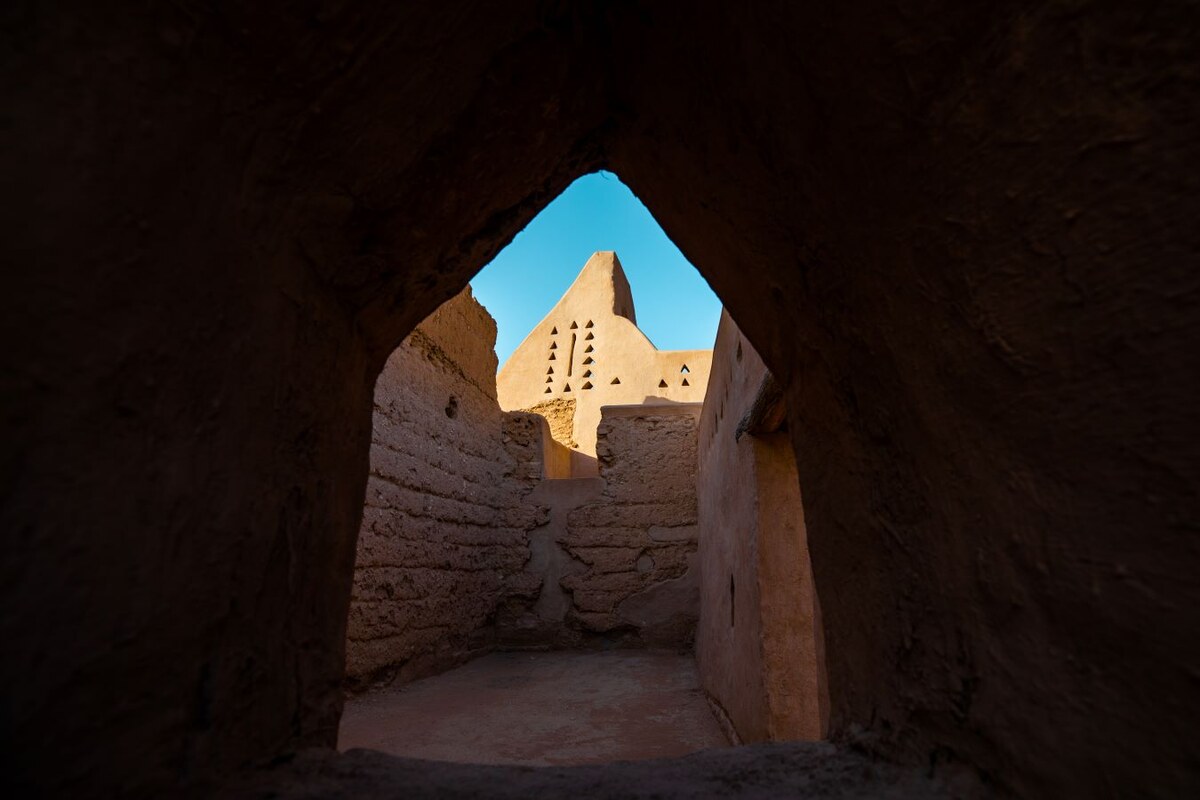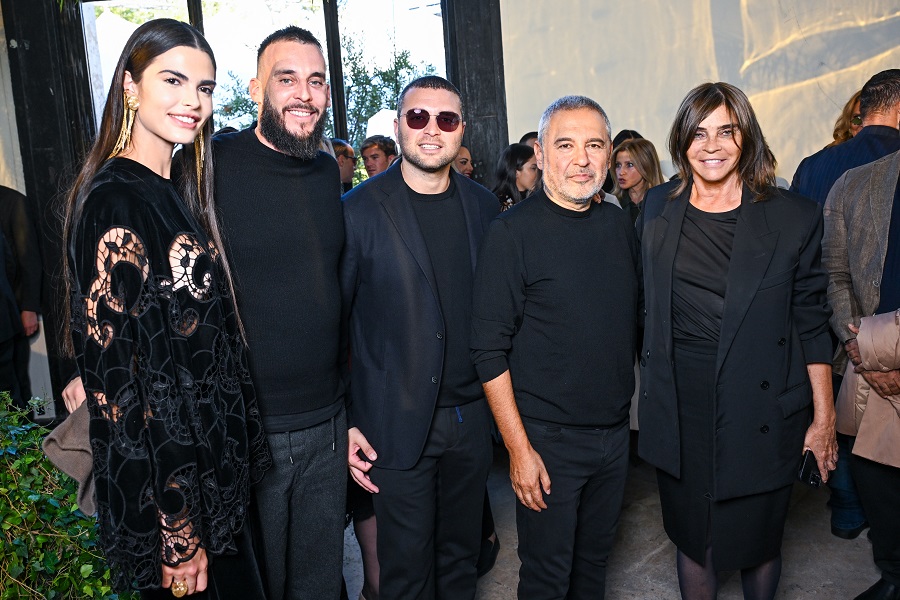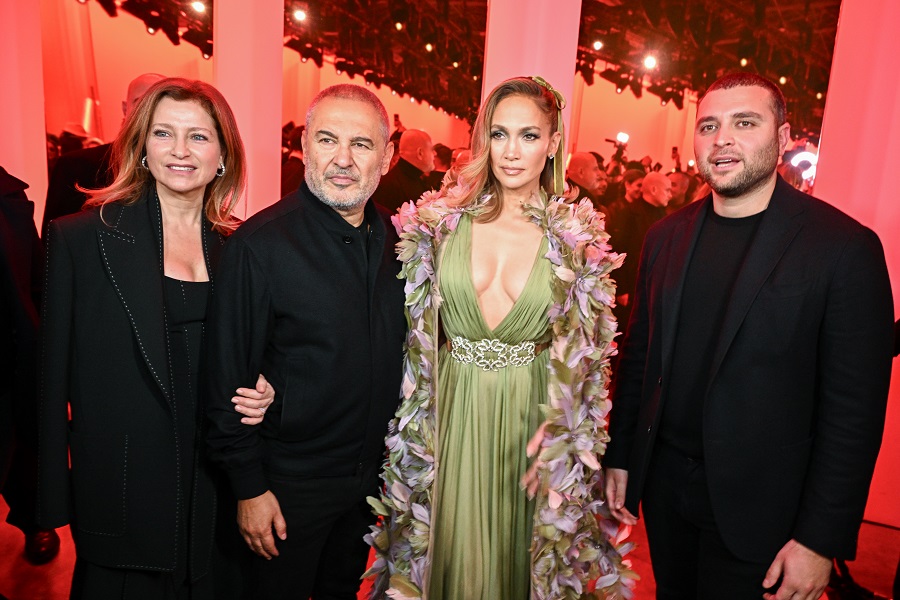DUBAI: Saudi artist Fatimah Al-Nemer has devoted herself to depicting narratives of women through her multimedia art, which merges collage, photography and tapestry. From childhood, her life was shaped by the female presence, she says, whether that meant family members or characters in legends.
Al-Nemer comes from Al-Qatif in the Eastern Province, one of the oldest cities in the Kingdom. “Imagine,” she says, “it’s an area that existed 600 years before Jesus.” She now lives on Tarout Island just off the coast of Al-Qatif. The island’s name is possibly derived from Ishtar, the Mesopotamian goddess of love and war — it was here that she was expelled, abandoned by her community.

“Color of Life.” (Supplied)
Al-Nemer claims that every household in her hometown holds some form of artist within its walls. “Al-Qatif’s rich cultural history affected us all,” she says. “It was a magical city, attracting tradespeople from Persia and Anatolia. We grew up with these stories.”
Her mother, who had an eye for design, was her earliest supporter. She provided her daughter with art materials and didn’t even scold her for painting on the walls of their family home. “She even paid for my art classes,” Al-Nemer says. “She always called me the artist of the family. If my mother wasn’t by my side, it would have been impossible for me to become an artist.”
For the young Al-Nemer, drawing and painting was her only outlet for self-expression. “As a child, I was fearful and endured social anxiety, so I would only express myself through art,” she says. “It boosted my confidence. I used to draw on walls and on paper. If I was sad or happy, I would draw about what was making me feel that way. I was impacted by art and it became a language for me.”

Al-Nemer with “Malak,” one of her works. (Supplied)
By the time she was 18, Al-Nemer had shifted from taking art classes to teaching them, and had already participated in some exhibitions. She also worked as a jewelry designer in a gold factory. And in 2009 she took the decision to travel abroad to further her studies.
She went to Jordan, where she enrolled as an interior design student at the Philadelphia University in Amman, exposing herself to a cultural openness offered by the capital city.
“In Jordan, people were highly cultured. Its environment was rich with artists and poets. You’re not just studying art there, you’re also going to the theater. I even performed there,” she says.
In the early days of her art career, Al-Nemer experimented with oil paintings and charcoal, depicting classical, surrealistic and symbolist scenes. At one point, she was solely making self-portraits, which she says caused some issues with family members and others, particularly when they were published in magazines and newspapers.

“Gold.” (Supplied)
“I think I was saying: ‘I am Fatimah. Accept me for who I am. I am an artist and I represent this identity and my culture and I am proud of it,’” she explains.
Eventually, though, she expanded her focus to include women other than herself. She has been inspired by personal stories from fellow Saudi women. “I used to listen and live their stories as if I was the heroine of their tales,” she says.
In her large, detailed, carpet-like artworks, which are full of ornamentation and native cultural symbols, she pays tribute to Saudi and Arab women, adorned in traditional attire while holding objects related to her homeland, such as a musical instrument or an incense burner. They reflect her attachment to her roots.

“Princess of the North 1.” (Supplied)
“I try to embody the Arab woman with certain admirable qualities. She is the butterfly, the mother, the sister, the doctor. She is the giver,” says Al-Nemer. “She is not just a figure; there is a universe within her. It is like a letter of appreciation for all that she stands for and has given to society.”
She also treats these images, which she started making nearly a decade ago, as research-like documentation of traditional Saudi dress and cultural symbolism, focusing on specific areas of the Kingdom (beginning, of course, with her own hometown).
Often, she depicts women with their mouths or eyes covered. In part, this is to encourage viewers to focus on the details surrounding the women in her portraits, but it also reflects some of the creative limitations she experienced when younger, when it was frowned upon to make figurative art in the Kingdom. Now, however, as Saudi Arabia opens up, she feels more free in her practice.
“As artists, our lives have changed 180 degrees,” she says of the current Saudi cultural scene. “Art has become more than a profession.”



























